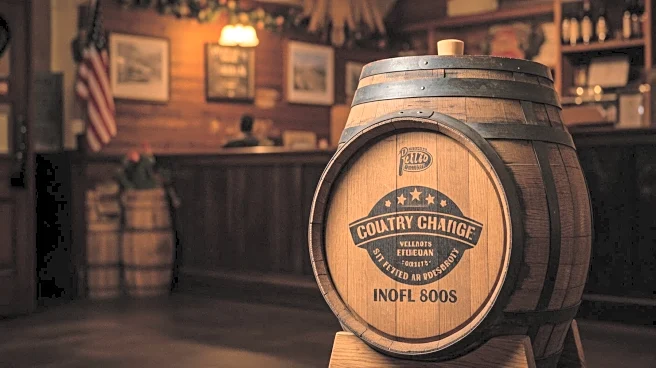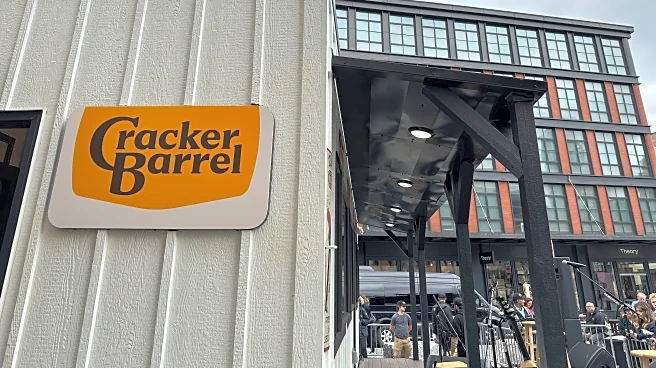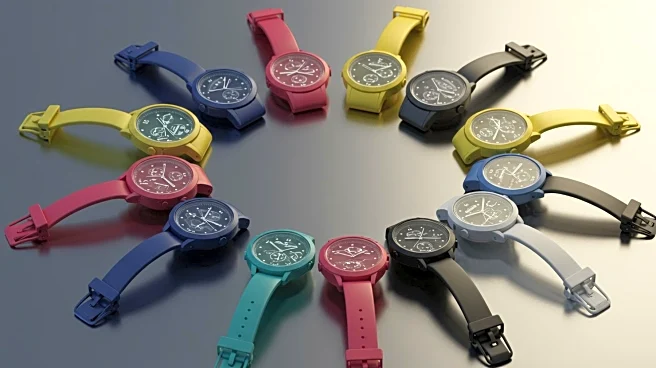What's Happening?
Cracker Barrel has recently unveiled a new logo as part of its 'All the More' campaign, which includes a 15-second advertisement featuring country singer Jordan Davis, new menu items, and a redesign of its restaurant interiors. The updated logo, which replaces the traditional old man and barrel motif with a simple wordmark in the brand's signature gold and brown, has sparked significant criticism from both political figures and consumers. The backlash has been intense, with some labeling the change as 'woke' and a departure from 'American tradition.' This controversy has coincided with a 7.2% drop in Cracker Barrel's stock, erasing $100 million in market value. Despite the negative feedback, Cracker Barrel's Chief Marketing Officer, Sarah Moore, has defended the rebrand, emphasizing that the company's core values remain unchanged and that the new logo is a nod to the brand's origins.
Why It's Important?
The rebranding of Cracker Barrel highlights the challenges heritage brands face in modernizing their image while maintaining their cultural identity. The backlash underscores the delicate balance companies must strike between innovation and tradition, especially when their brand is deeply embedded in cultural and regional identities. The stock decline reflects investor concerns about the potential alienation of loyal customers, which could impact the company's financial performance. This situation also illustrates the broader trend of 'blanding,' where brands simplify their visual identity, sometimes at the cost of losing unique brand elements. The controversy surrounding Cracker Barrel's rebrand is part of a larger cultural debate in the U.S., where brands are increasingly becoming focal points in discussions about tradition, modernity, and cultural values.
What's Next?
Cracker Barrel may need to engage in strategic communication efforts to reassure its customer base and investors about the brand's direction. The company might consider gathering feedback from its audience to better understand their concerns and potentially adjust its branding strategy accordingly. Additionally, other heritage brands observing this situation may reevaluate their own branding strategies to avoid similar backlash. The ongoing cultural debate suggests that brands will continue to face scrutiny over their identity changes, making it crucial for them to carefully navigate the intersection of modernity and tradition.
Beyond the Headlines
The Cracker Barrel rebrand controversy highlights the broader cultural and ethical implications of corporate identity changes. As brands become more involved in cultural conversations, they must consider the symbolic meanings their identities hold for different communities. This situation raises questions about the role of corporations in cultural preservation and the potential consequences of prioritizing modern aesthetics over historical significance. The debate also reflects the increasing polarization in consumer reactions to brand decisions, which can have lasting impacts on brand loyalty and market positioning.












